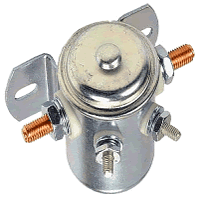

| Setting | Min freezer temp | Max freezer temp | Min fridge temp | Max fridge temp | Run time Minutes | Idle time Minutes | Estimated AH's used per day |
|---|---|---|---|---|---|---|---|
| 3 | -3.6 | -1.4 | 4.4 | 4.6 | 2.67 | 9.417 | 19.06 |
| 4 | -6.3 | -3.9 | 2.4 | 2.6 | 3.25 | 9.583 | 21.84 |
| 5 | -7.9 | -4.8 | 1.1 | 1.3 | 4 | 9 | 26.4 |
| 6 | -9.9 | -7.1 | -0.3 | 0 | 5.33 | 9 | 31.98 |
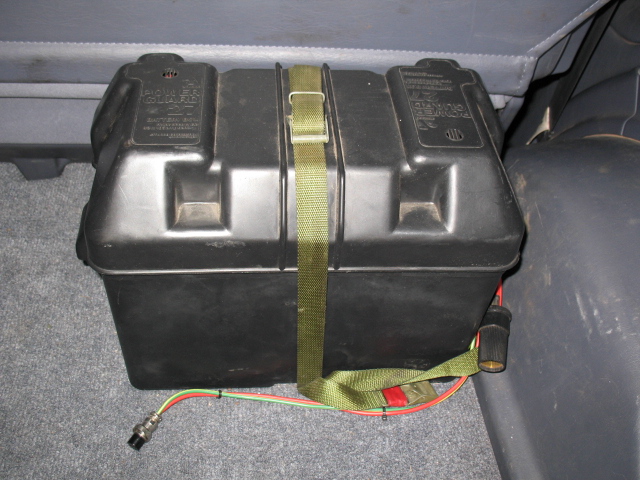

| 
|
| Accessory | Power use per hour (amps) | Hours | Total AH |
|---|---|---|---|
| Fridge/freezer | 1.25 (averaged) | 24 | 30 |
| 11w fluorescent light | 0.78 | 3.5 | 2.73 |
| LCD TV - digital tv | 0.7 | 1 | 0.7 |
| LCD TV - av in | 0.16 | 2 | 0.32 |
| WD TV live + HDD | 0.65 | 2 | 1.3 |
| 35 |
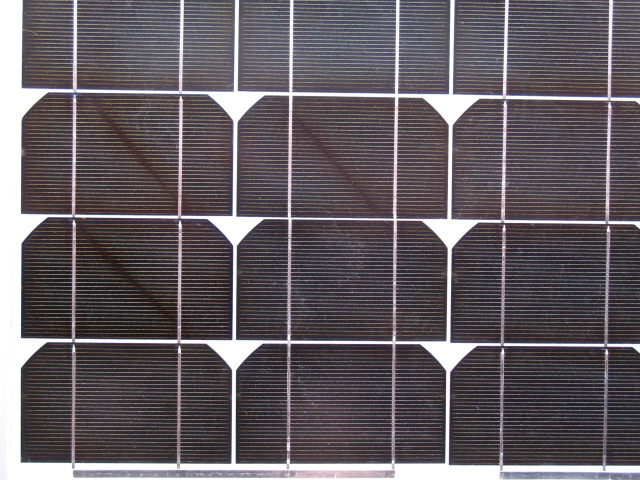

| State of Charge | Under load V | Fullriver OCV | Notes |
|---|---|---|---|
| 100% | 12.7+ | 12.83+ | Fully charged battery |
| 90% | 12.5 | 12.72 | |
| 80% | 12.42 | 12.60 | Long battery life above this point |
| 70% | 12.32 | 12.47 | |
| 60% | 12.20 | 12.34 | |
| 50% | 12.06 | 12.20 | Try not to discharge below this point |
| 40% | 11.9 | 12.06 | |
| 30% | 11.75 | 11.91 | Shorter battery life below this point |
| 20% | 11.58 | 11.76 | |
| 10% | 11.31 | 11.61 | |
| 0 | 10.5 | 10.5 | Flat battery |
| Charged | Specific Gravity (SG) |
|---|---|
| 100% | 1.265 |
| 75% | 1.225 |
| 50% | 1.190 |
| 25% | 1.155 |
| 0% | 1.120 |
| Charge current (A) | Minimum battery size (AH) capacity x 0.2 | Minimum battery size (AH) capacity x 0.25 | Minimum battery size (AH) capacity x 0.3 |
|---|---|---|---|
| 5 | 25 | 20 | 16 |
| 6 | 30 | 24 | 20 |
| 10 | 50 | 40 | 33 |
| 16 | 80 | 64 | 53 |
| 20 | 100 | 80 | 67 |
| 25 | 125 | 100 | 83 |
| 30 | 150 | 120 | 100 |
| 40 | 200 | 160 | 133 |
| 50 | 250 | 200 | 166 |
| 60 | 300 | 240 | 200 |
| 100 | 500 | 400 | 333 |
| 120 | 600 | 480 | 400 |
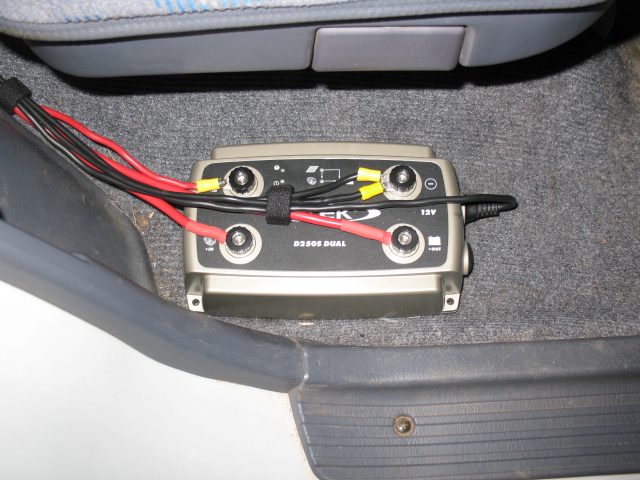
| Solar panel (watts) | Solar Vmp | Solar Imp | Solar Watts in | Solar (volts) | Solar (amps) | Auxiliary battery (volts) | Auxiliary battery (amps) | Amps expecting | Main battery input (volts) | Main battery input (amps) | Engine |
|---|---|---|---|---|---|---|---|---|---|---|---|
| 100 | 17.82 | 5.62 | 28 | 17.75 | 1.58 | 12.71 | 2.03 | 5.6 - 7.5 | Off | ||
| 100 | 17.82 | 5.62 | 61.9 | 14.00 | 4.42 | 13.47 | 20 | 20 | 14 | 16.58 | Idling |
| 13.47 | 20 | 20 | 14 | 21 | Idling |
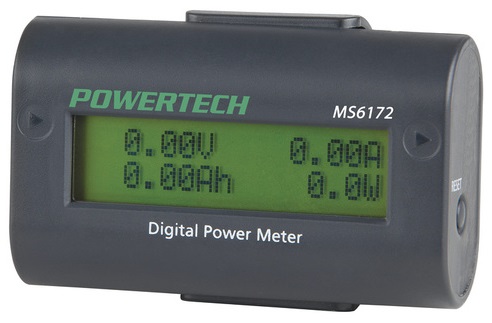
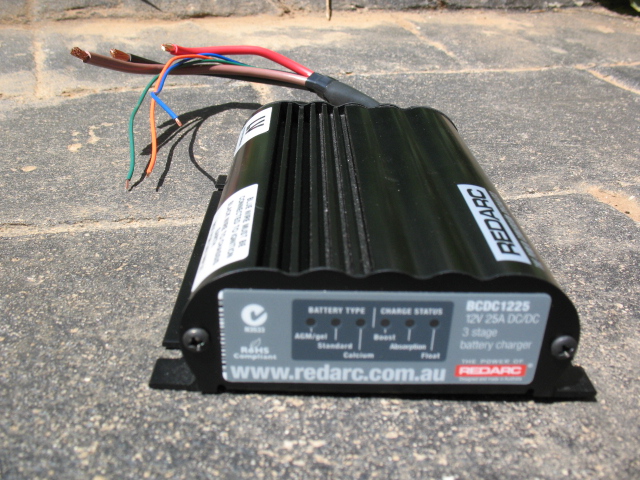
| Solar panel (watts) | Solar Vmp | Solar Imp | Solar Watts in | Solar (volts) | Solar (amps) | Auxiliary battery (volts) | Auxiliary battery (amps) | Amps expecting | Main battery input (volts) | Main battery input (amps) | Engine |
|---|---|---|---|---|---|---|---|---|---|---|---|
| 100 | 17.82 | 5.62 | 82.3 | 14.97 | 5.5 | 12.78 | 6.2 | 5.6 - 7.5 | Off | ||
| 13.59 | 25 | 25 | 14.00 | 25.2 | Idling | ||||||
| 14.1 | 25 | 25 | 13.99 | 26.2 | Idling |
| Temperature (°C) | Charge (V) | Float (V) |
|---|---|---|
| 45 | 14.13 - 14.33 | 13.13 - 13.33 |
| 40 | 14.25 - 14.45 | 13.25 - 13.45 |
| 35 | 14.37 - 14.57 | 13.37 - 13.57 |
| 30 | 14.48 - 14.68 | 13.48 - 13.68 |
| 25 | 14.6 - 14.8 | 13.6 - 13.8 |
| 20 | 14.72 - 14.92 | 13.72 - 13.92 |
| 15 | 14.83 - 15.03 | 13.83 - 14.03 |
| 10 | 14.95 - 15.15 | 13.95 - 14.15 |
| 5 | 15.07 - 15.27 | 14.07 - 14.27 |
| 0 | 15.19 - 15.38 | 14.19 - 14.38 |
| Function | Redarc BCDC1225-LV | CTEK D250S Dual | Enerdrive DC2DC+ ePOWER | Projecta IDC25 |
|---|---|---|---|---|
| 12v or 24v input | 12v only | 12v only | 12v & 24v | 12v & 24v |
| Maximun input voltage | 32v (28v on solar) | 22v | 16/32v (23/45v on solar) | 32v (23v on solar) |
| Charge stage status | Yes | No | Yes | Yes |
| Output current | 25A | 20A | 5/10/15/20/25/30/35/40/45/50A | 20A at 9 - 11v and 25A at 11 - 32v |
| Ambient temperature range | -20°C to +80°C | -20°C to +50°C | -10°C to +80°C | |
| De-rate output current | >55°C at 85°C no charge current | Yes | De-rate >50°C shutdown >58/60°C | Yes |
| Standby Current | Main battery 0mA / Aux battery <8mA | Main battery 3.5mA / Aux battery 0.4mA | Aux battery 50mA when in use | Main battery 20mA / Aux battery 9.5 - 10.5mA |
| Power use per day | 0.192AH | 0.084AH / 0.0096AH | 1.2AH | 0.48AH / 0.228AH - 0.252AH |
| Select auxiliary battery type (chemistry) | Calcium/Standard lead acid/AGM/Gel | Not adjustable by user | Gel/AGM/Flooded/Lithium/adjustable | Calcium/Wet/AGM/Gel |
| Bulk/absorption voltage | 15.3v/14.9v/14.5v/14.5v | 14.4v | 14.4v/14.6v/14.4v/13.9v - 14.6v or adj 13.8v - 14.8v (0.1v step) | 15.4v/14.7v/14.4v/14.1v |
| Float voltage | 13.3v | 13.6v | 13.7v/13.6v/13.3v/13.5v - 14.2v or adj 13.0v - 13.8v (0.1v step) | 13.7v |
| Settings programmable | No | No | Yes | No |
| Solar MPPT | Yes | Yes | Yes | Yes |
| Solar input | External changeover relay required | Yes | Yes | Yes |
| Performance on solar | Excellent | Terrible | ||
| Use solar and alternator inputs simultaneously | No | Yes | No | Yes |
| Efficiency | 96% | 92% | DC 95% Solar 97% | >94% |
| Suit ECU controlled alternator | Yes | External changeover relay required | Yes | Yes |
| Unit On/Off | Ignition | Ignition with relay or 13.1v/12.8v | Ignition or 13.2v/12.8v or 26.4v/25.6v | Ignition or 13.4v/12.8v or 26.8v/25.6v |
| Charging stages | 3 | 5 | 2/3 + equalisation (flooded mode only) | 3 + equalisation (calcium mode only) |
| Maintain 100% charge in cool climates | Poor | Good | ||
| Temperature compensation | No | Yes | Yes | Yes |
| Desulfate mode | No | Yes | No | No |
| Remote control/display | Optional LED only | No | Optional - 20mA | Optional LED only |
| Ingress protection rating | Fully sealed - Silicone elastomer | IP65 (Dust tight, water jets for 3 minutes) | In cabin use ONLY, NOT under bonnet | IP67 (Dust tight, immersion up to 1m for 30 minutes) |
| Dimensions (L x W x H) | 150 x 120 x 37mm | 197 x 93 x 49mm | 74 x 172 x 242mm | 149 x 122 x 42mm |
| Cost | $389 - $474.95 | $297.99 - $355 | $469 - $539.60 | $305 - $354 |
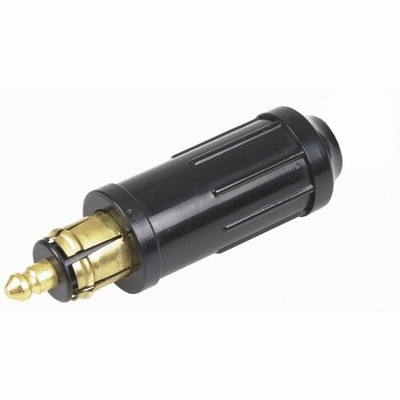
| 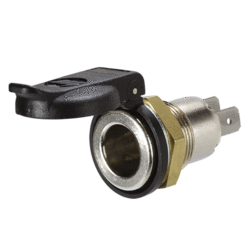
| 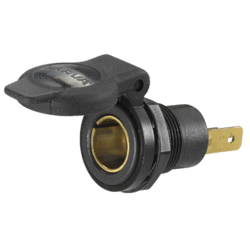
| 
| 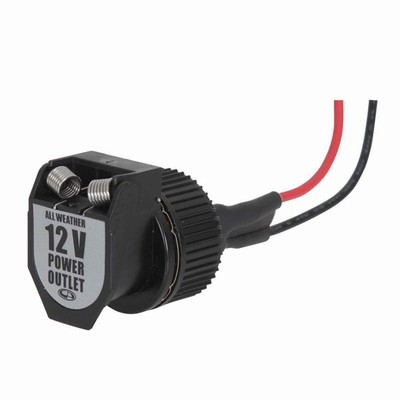
|
| Battery | Charging system | Lasted in service | Status | Reason |
|---|---|---|---|---|
| BP L100 Powerbloc 90AH Flooded | Voltage sensitive (sensing) relay (VSR) | 3 Years 11 months (Dec 1997) | Retired | Sulphated |
| Fullriver 105AH AGM | Voltage sensitive (sensing) relay (VSR) | 6 months (Sept 2010) | Retired | Not holding charge |
| Fullriver 105AH AGM | CTEK D250s dual & Redarc BCDC1225-LV | 4 years 7 months (Apr 2015) | Retired | Low AH's (73.72AH) |
| SSB 130AH AGM | Redarc BCDC1225-LV | 9 months (Sept 2016) | Retired | Low AH's (78.22AH) |
| Fullriver 120AH AGM | CTEK D250s dual | Nov 2016 | New battery |
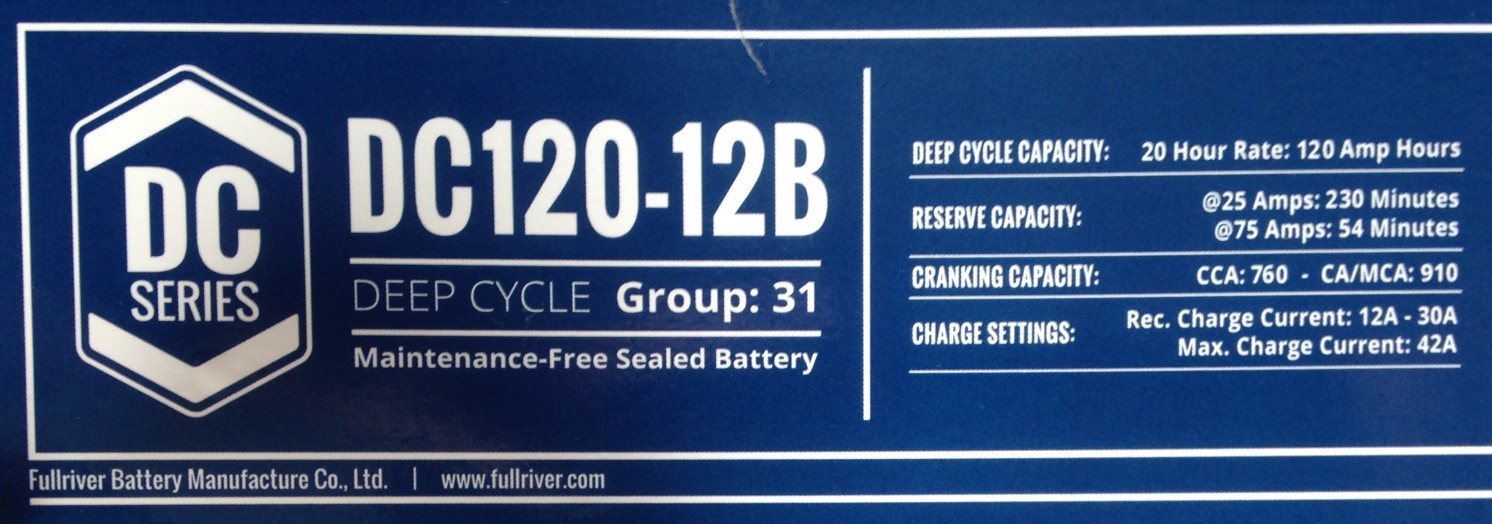
| Temperature (°C) | Capacity (%) |
|---|---|
| 45 | 110 |
| 40 | 107 |
| 35 | 105 |
| 30 | 102 |
| 25 | 100 |
| 20 | 97 |
| 15 | 93 |
| 10 | 88 |
| 5 | 85 |
| 0 | 78 |
| -5 | 73 |
| -10 | 67 |
| -15 | 62 |
| -20 | 55 |
| -25 | 50 |
| Battery | Date | Lasted in service |
|---|---|---|
| Century Yuasa 55D23L | Nov 1999 | 5 years 6 months |
| Bosch B68 | May 2005 | 4 years 9 months |
| Supercharge Gold Plus MF75D23L Calcium | Feb 2010 | 2 years 6 months |
| Century 75D23L | Aug 2012 | 4 years 9 months |
| Century NS70LX MF | 29 Apr 2017 |
| Nominal area (mm2) | Auto cable (mm) | Amp rating at 30°C | Max fuse rating | Nearest SAE (B&S) (AWG) | Resistance at 20°C (ohms/m) |
|---|---|---|---|---|---|
| 0.22 | 1.4 | 1 | 24 | 0.088 | |
| 0.5 | 7 | 5 | 20.5 | 0.03893 | |
| 0.56 | 2 | 7 | 5 | 0.0331 | |
| 0.75 | 8 | 5 | 0.02523 | ||
| 1 | 10 | 7.5 | 17 | 0.018 | |
| 1.13 | 3 | 10 | 7.5 | 16.5 | 0.0165 |
| 1.5 | 15 | 10 | 0.012 | ||
| 1.84 | 4 | 15 | 10 | 14.5 | 0.0101 |
| 2.5 | 20 | 15 | 13 | 0.0074 | |
| 2.9 | 5 | 27 | 20 | 12.5 | 0.0064 |
| 4 | 36 | 25 | 11 | 0.0046 | |
| 4.59 | 6 | 45 | 30 | 10.5 | 0.0041 |
| 6 | 48 | 35 | 0.003 | ||
| 7.91 | 9 | 74 | 50 | 8 | 0.0024 |
| 10 | 84 | 60 | 7 | 0.00183 | |
| 13.56 | 103 | 70 | 6 | 0.0014 | |
| 16 | 110 | 70 | 0.00115 | ||
| 20.28 | 135 | 90 | 4 | 0.0009 | |
| 25 | 168 | 110 | 0.00078 | ||
| 25.72 | 168 | 110 | 3 | 0.0007 | |
| 32 | 188 | 120 | 0.00062 | ||
| 32.15 | 188 | 120 | 2 | 0.0006 | |
| 35 | 210 | 135 | 0.000554 | ||
| 39.55 | 210 | 135 | 1 | 0.0005 | |
| 49.20 | 246 | 150 | 0 | 0.0004 | |
| 50 | 246 | 150 | 0.000386 | ||
| 64.15 | 292 | 200 | 2/0 | 0.0003 | |
| 70 | 305 | 200 | 0.000272 |

